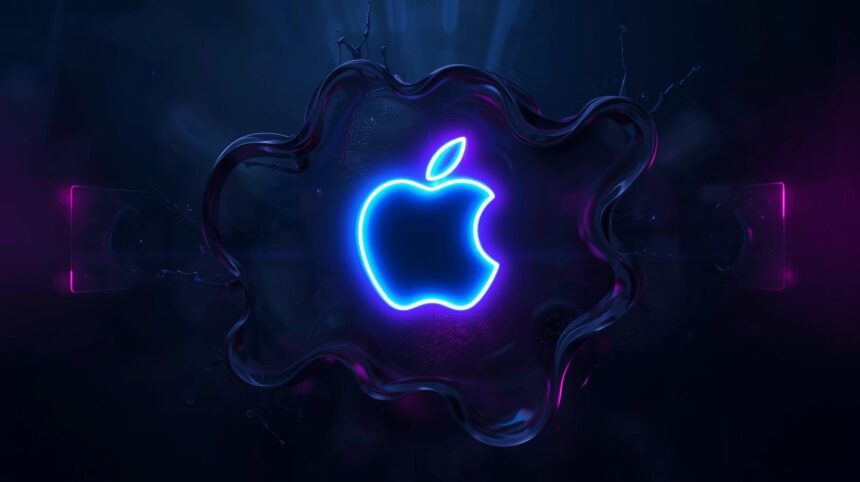Apple (NASDAQ:AAPL) is implementing a significant shift in its product approach with plans to redefine its iPhone lineup, reshaping both the device portfolio and its release timing. The tech giant aims to deliver a range of high-end devices that cater to various consumer preferences. This strategic pivot intends to diversify its offerings and stabilize annual revenue flow by spreading product launches more evenly throughout the year. Apple’s move to adjust its strategy signals a departure from typical yearly refreshes, as the company offers more distinct options to its customer base.
Previously, Apple adhered to a consistent model of launching four main iPhone models during the fall season, often followed by a lower-cost version introduced in the spring. This predictable pattern has now been disrupted by the decision to stagger iPhone releases across the calendar, potentially leading to reduced manufacturing stress and extended buying cycles. This realignment reflects an evolving approach to market demands. By expanding their product variety alongside a modified launch timeline, Apple seeks to capture consumer interest continuously.
What Are Apple’s New iPhone Plans?
Apple’s plan includes releasing several new models, like the iPhone 18 Pro and iPhone 18 Pro Max, alongside a new foldable device by next fall. These high-end models are positioned to attract customers seeking advanced features and innovation. In addition, the company intends to introduce an iPhone Air that will incorporate similar technologies to that of a foldable iPhone, suggesting a gradual transition towards flexible displays. With these new models, Apple aims to reinforce its market position by showcasing a wider range of technological advancements.
How Will This Affect Apple’s Market Performance?
By spreading the product launches more evenly across the year, Apple hopes to maintain a stable revenue stream rather than experiencing peaks associated with a single concentrated launch event. This could also mitigate the production burden on its supply chain, potentially leading to improved product availability and customer satisfaction. Apple’s executives have commented on the change, indicating that it is less about the device thickness and more about refining production techniques and preparing the supply chain.
The company’s current market capitalization has reached $4 trillion, fueled by demand for the iPhone 17. Achieving this milestone places Apple alongside other tech giants like Nvidia (NASDAQ:NVDA) and Microsoft (NASDAQ:MSFT), which signals strong market performance. With this strategic pivot, the company seeks to sustain its substantial valuation by consistently delivering fresh and appealing products.
In another development related to Apple’s business strategies, the company has halved the standard app store fees for a new category called mini apps, shifting app development and monetization models. Under this program, developers can now capitalize on a reduced 15% commission rate if they adopt Apple’s infrastructure for their app creation.
Apple’s executives have expressed optimism about the initiative, noting,
“This is a change in how people might use their phones,”
underscoring the plan to simplify user experience and potentially declutter applications on devices.
“Apple’s ongoing commitment to innovation shapes these strategic shifts,”
further emphasizing the company’s ambition to lead in both hardware and software integration.
Adjusting its iPhone release plan and app ecosystem reflects Apple’s broader strategy to align its product lifecycle management with evolving market trends and technological possibilities. These changes could lead to a gradual restructuring of consumer electronics expectations and behaviors, influencing future developments in the competitive landscape.









